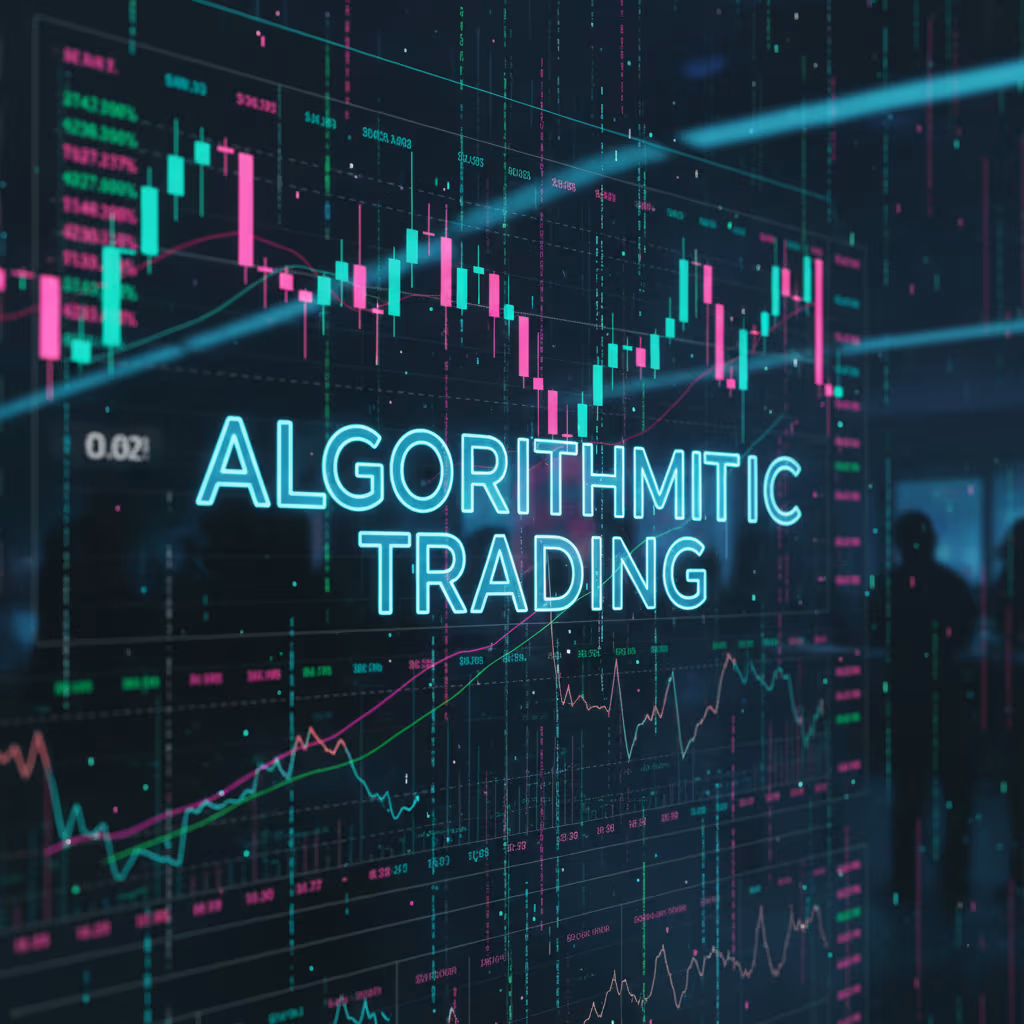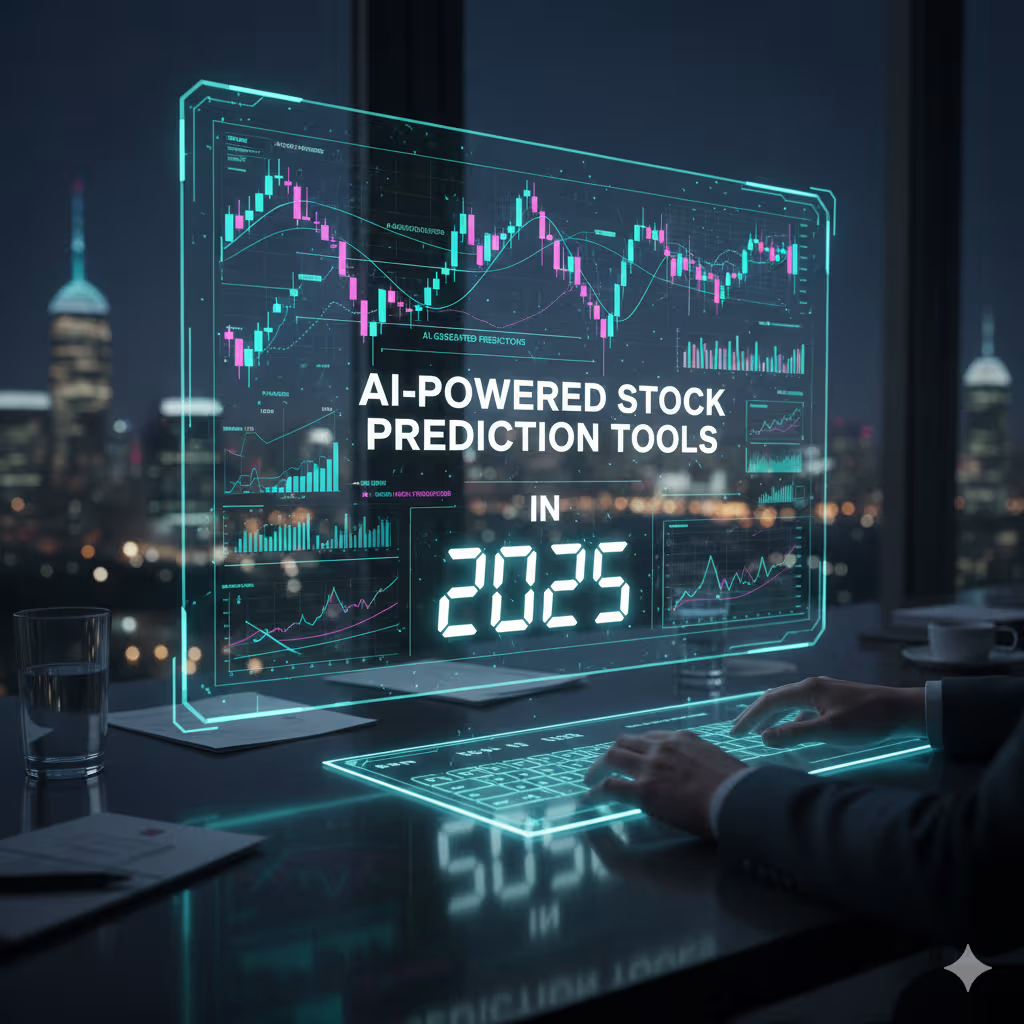Algorithmic Trading 2025: Your Roadmap to Automated Market Success

So, you're curious about algorithmic trading in 2025, huh? Good, because it's no longer just for the big hedge funds; it's a rapidly evolving field offering incredible opportunities for individual traders and institutions alike. Essentially, algorithmic trading (or "algo trading") uses pre-programmed computer instructions to execute trades at speeds and volumes impossible for humans. Think of it as having an incredibly disciplined, emotionless robot executing your strategy 24/7. The main benefit? You gain a significant edge through precision, speed, and the ability to backtest complex strategies against historical data, drastically reducing human error and emotional decision-making. If you're a seasoned trader looking to scale, a developer keen on financial markets, or even a determined beginner ready to dive deep, this guide is for you. We'll explore what it is, how it works, its immense benefits, and crucial steps to get started, ensuring you're well-equipped for the automated market landscape of 2025.
What is Algorithmic Trading in 2025?
In simple terms, algorithmic trading is using computer programs to automate trading decisions and execution. In 2025, it's increasingly about intelligent automation, reacting to market conditions in milliseconds. This isn't just a niche; it's a dominant force, accounting for a significant chunk of daily trading volume globally. The beauty is its ability to eliminate human psychology – fear, greed, doubt – from the trading process, leading to more consistent, objective execution.
How Does Algorithmic Trading Work? The Mechanics
Ever wonder how these systems actually operate? It’s not magic. The core principle involves setting up a detailed strategy with specific entry/exit conditions, translating that into code, which then interacts directly with exchange APIs to send orders. It’s a continuous loop: monitoring market data, identifying opportunities, and executing trades at lightning speed.
- Strategy Formulation: Define your buy/sell rules, often based on technical indicators (like RSI or MACD) or price action.
- Backtesting & Optimization: Test your strategy against historical data before going live. In my experience, rushing this leads to heartbreak.
- Coding the Algorithm: Translate your strategy into a language like Python or C++.
- Connectivity & Execution: The algorithm connects to a broker's API, sending orders directly to the market.
- Monitoring & Risk Management: Even automated systems need oversight. Monitor performance, manage risk, and iterate.
What Are the Key Benefits of Algorithmic Trading in 2025?
Why bother with all this? The advantages of algorithmic trading are compelling, especially as markets grow more competitive. From enhanced speed to unwavering discipline, these systems bring unmatched efficiency. Trust me, once you experience automated execution, it’s hard to go back.
- Unmatched Speed and Efficiency: Orders are placed in milliseconds, capitalizing on fleeting opportunities. A 2023 study showed high-frequency trading making sub-microsecond decisions.
- Elimination of Emotional Bias: Algorithms stick to the plan. They don't panic or get greedy, which is where many human traders stumble.
- Rigorous Backtesting & Optimization: Test strategies on decades of historical data, optimizing for profit and risk without real capital. This is a game-changer!
- Diversification & Scale: Run multiple strategies across various markets simultaneously, increasing diversification.
Different Flavors: What Types of Algorithmic Trading Exist?
Algorithmic trading is a broad term. What works for a high-frequency firm won't suit a retail trader. Understanding the types is key to finding your fit. You wouldn't use a sledgehammer for a nail, would you?
High-Frequency Trading (HFT)
Trades in microseconds, leveraging powerful infrastructure for tiny price discrepancies. Capital-intensive and generally not for retail.
Statistical Arbitrage
Algos look for statistical relationships between assets, like pairs trading, betting on convergence.
Market Making
Algos provide liquidity by continuously placing buy and sell orders, profiting from the bid-ask spread.
Execution Algorithms
Focus on how to trade large orders without moving the market, like VWAP or TWAP, breaking down large orders over time.
Essential Tools and Methods for Algorithmic Trading in 2025
You can't build a house without tools. Choosing the right stack can make or break your efforts, so attention here is paramount. It’s like picking the right gear for a climb!
- Programming Languages: Python reigns supreme (NumPy, Pandas) for readability. C++ is for ultra-low latency HFT.
- Trading Platforms & APIs: MetaTrader 5 (retail), Interactive Brokers API (robust), Alpaca Markets API (developer-friendly), TradingView (Pine Script for prototyping).
- Data Providers: Reliable historical and real-time data is lifeblood (e.g., Polygon.io, Quandl).
- Quantitative Libraries: Zipline, backtrader, or QuantConnect are invaluable for testing.
Your Step-by-Step Guide to Getting Started with Algorithmic Trading
Feeling overwhelmed? Don't be! While complex, you can break it down. I've seen countless traders succeed by following a structured approach. So, where do you begin your journey into algorithmic trading in 2025?
- Educate Yourself: Learn Python and quantitative finance basics (technical indicators, risk management).
- Develop a Trading Strategy: Define clear entry/exit rules, stop losses, and take profits. Don't automate a bad strategy!
- Learn to Backtest: Master testing on historical data. Use platforms like backtrader. Avoid overfitting.
- Choose Your Tools: Select a programming language, data source, and broker API.
- Code Your Algorithm: Translate your strategy into executable code. Start simple.
- Paper Trade (Simulation): Deploy in a simulated environment to catch bugs without financial risk.
- Monitor and Iterate: Continuously monitor performance. Markets change, strategies decay; adapt and refine.
Common Mistakes to Avoid in Algorithmic Trading
Every journey has pitfalls. Trust me, I've made a few! Avoiding these can save you frustration, time, and money. It’s not enough to know what to do; you also need to know what not to do.
- Overfitting: Strategy works on historical data but fails live. Always test on unseen data.
- Ignoring Risk Management: Explicitly program stop-losses and position sizing. Algos don't magically manage risk.
- Lack of Robust Error Handling: Anticipate issues like internet outages or API failures in your code.
- Insufficient Backtesting: Not testing across different market conditions or timeframes.
- Setting and Forgetting: Markets evolve, strategies decay. Constant monitoring is non-negotiable.
Algorithmic Trading FAQs for 2025
Got more questions? You're not alone! Here are some common queries I hear about algorithmic trading in 2025 that might help clarify a few things.
- What is the best algorithmic trading strategy for beginners?
- For beginners, simpler strategies like moving average crossovers or RSI-based momentum are good starting points to learn the automation process.
- How does algorithmic trading work with cryptocurrencies?
- It leverages crypto exchange APIs (e.g., Binance, Coinbase Pro) to automate trades based on rules; volatility demands robust risk management.
- Which programming language is most effective for algorithmic trading?
- Python is generally considered the most effective for new and intermediate algo traders due to its extensive data analysis libraries and readability.
- Is algorithmic trading profitable for retail investors?
- Yes, it can be highly profitable for retail investors who dedicate time to learning, developing robust strategies, and adhering to strict risk management.
- What are the ethical considerations of algorithmic trading?
- Concerns include potential for market manipulation (spoofing), flash crashes, and ensuring fairness, which regulators increasingly scrutinize.
As we navigate the rapidly evolving financial landscape of 2025, it’s clear that algorithmic trading isn’t just a trend; it's an indispensable component of modern markets. In my view, embracing automation is no longer optional for serious traders; it's a necessity to stay competitive. While the journey involves a steep learning curve, the rewards – precision, speed, emotional detachment, and scalability – are undeniably compelling. Remember, success in this domain hinges on sound strategy development, rigorous testing, continuous monitoring, and an unwavering commitment to risk management. Don't jump in blindly; take your time, build your knowledge, and approach it systematically. The future of trading is automated, and with the right approach, you can certainly carve out your own success story. What steps will you take to integrate algorithmic trading into your strategy today?


